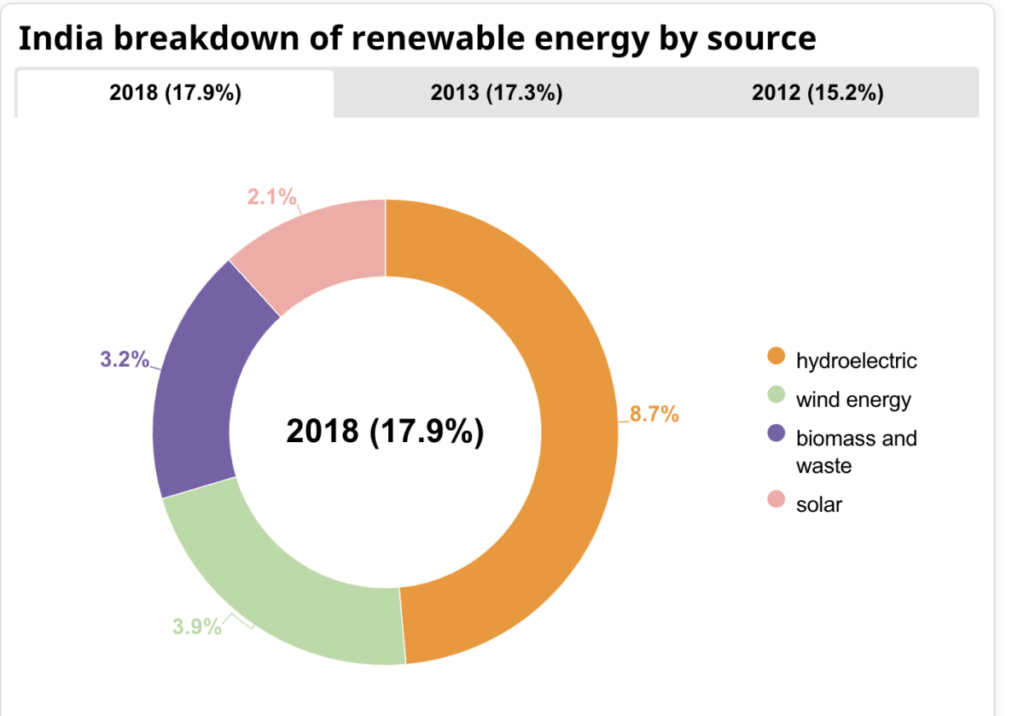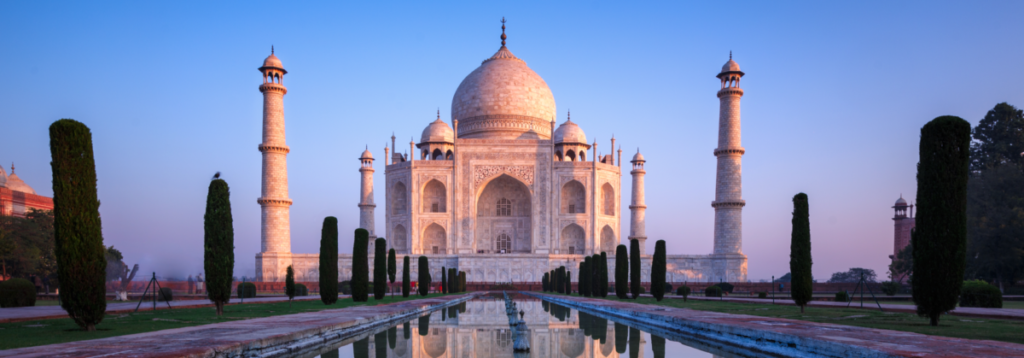Natural resources shape India’s economy and prosperity. The diversified environment supplies, land resources for the agriculture industry, a key employer and GDP contributor. The Indo-Gangetic plains and coastal fishing industry show, India’s significant land resources (John & Babu, 2021). India has substantial coal, iron ore, and bauxite deposits, which are essential for industry and infrastructure. Another asset is the nation’s diversified workforce. India’s huge labor market makes it a global player (Srivathsa et al., 2023). IT services, manufacturing, textiles, and pharmaceuticals have benefited from its talented and economical labor force (Jhariya et al., 2022). To guarantee fairness, underemployment, and labor market imbalances must be addressed.
Domestic and international investments have increased India’s capital resources. The country’s strong industrial base and contemporary infrastructure—including transportation, communication, and power—support economic activity. The financial sector’s rise has also increased money availability, boosting corporate growth and entrepreneurship. India supports entrepreneurship and innovation (Karlsson, 2022). Natural resources and entrepreneurship have created several industries. Solar and wind energy have grown rapidly (Ye et al., 2022). Entrepreneurs drive eco-tourism and sustainable agriculture.






